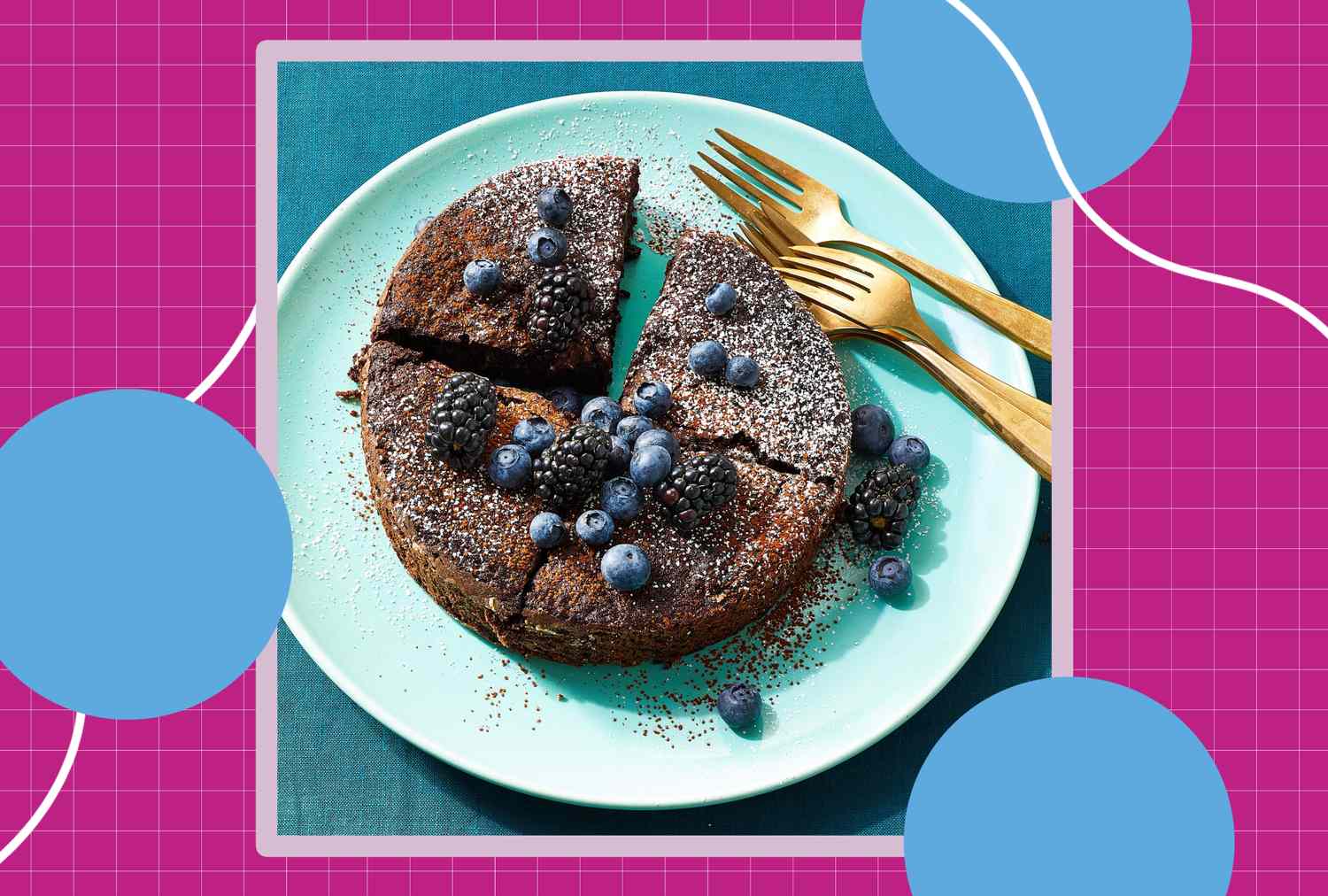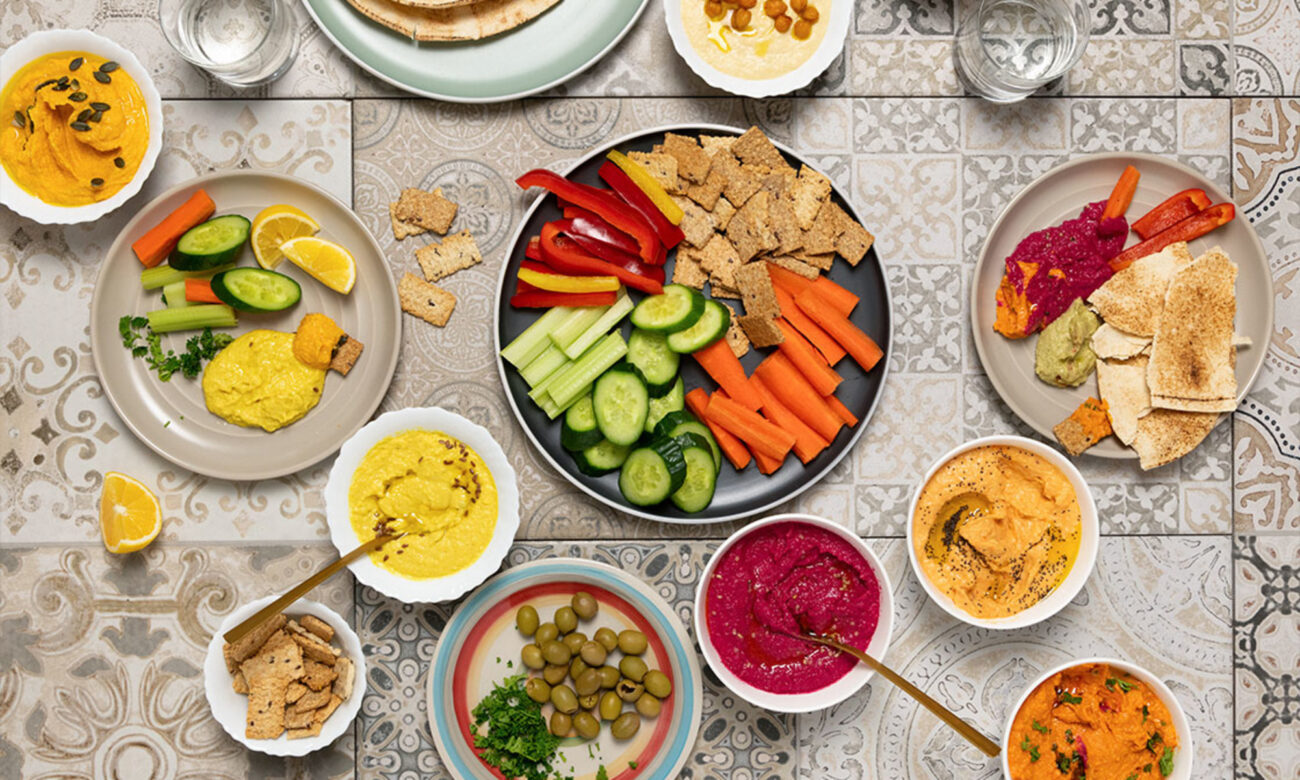Blog
6 “Bad” Foods that Could Actually Help Lower Blood Pressure

- Dietitians love these six “bad” foods because they contain nutrients important for blood pressure.
- Baked potatoes, whole milk and orange juice contain potassium, which helps lower blood pressure.
- Whole grain breakfast cereals, dark chocolate and coffee also offer benefits.
There’s conflicting messages around foods that are “bad” for blood pressure, leaving you scratching your head trying to figure out which foods you should actually avoid. High blood pressure, or hypertension, is a condition where the force of blood against your artery walls is consistently too high. This pressure can put extra strain on your heart and lead to serious health issues over time. While managing high blood pressure isn’t just about food, diet plays a crucial role in keeping it under control.
When it comes to food choices, some guidelines are more straightforward than others. For example, high sodium intake is known to increase blood pressure. However, some foods that get labeled as “bad” for blood pressure may actually be perfectly fine—and even beneficial—to include in your diet. This article is here to flip the script on a few commonly misunderstood foods to show you that not all “bad” foods are the villains they’re made out to be when it comes to lowering blood pressure. Stick around and get ready to rethink your grocery list!
1. Breakfast Cereal
“Breakfast cereals can get a bad rap but it’s time to rethink this pantry staple, especially for heart health,” says Karman Meyer, RDN. When made from whole grains and low in added sugar, breakfast cereal can be a helpful addition to a blood pressure-lowering diet. One study involving over 10,000 people found that those who ate more whole grains had a significantly lower chance of developing hypertension compared to those who ate less.
Meyer suggests looking for a cereal with at least 5 grams of fiber per serving, as there is a potential link between fiber intake and reduced blood pressure. You’ll also want to do a quick scan of the ingredient list and look for a whole grain, like oats or 100% whole wheat flour, as the first ingredient. Another benefit of sitting down to a bowl of whole grain breakfast cereal in the morning? When enjoyed with milk, you get a boost of magnesium and calcium, both of which are important for reducing blood pressure, adds Meyer.
2. Dark Chocolate
“One food often considered ‘bad’ that may actually support healthy blood pressure is dark chocolate. While it’s sometimes seen as an indulgence, small amounts of dark chocolate (at least 70% cocoa) contain flavanols—plant compounds that help improve blood vessel function and increase nitric oxide, which relaxes blood vessels and can lower blood pressure,” says Lisa Young, PhD, RDN. One study looked at the effects of consuming 1 mg of chocolate per gram of body weight during periods of stress. The results showed that dark chocolate consumption was associated with a 10% reduction in diastolic blood pressure, while milk chocolate showed no significant benefit. For optimal health benefits, Young recommends sticking to 1 or 2 small squares (about ½ ounce) at a time to avoid excess sugar and calories.
3. Baked Potatoes
Thanks to their high carb content, potatoes are often lumped into the “limit” category. Baked potatoes in particular get a bad rap as they’re often loaded with butter and cheese. While you may want to make some adjustments to your toppings, Colleen Wysocki, MS, RDN, CLC points out that baked potatoes contain a key nutrient for blood pressure management: potassium. “Increasing potassium is just as important as decreasing sodium to lower blood pressure,” explains Wysocki. “Potassium helps open up the blood vessels and supports the elimination of excess sodium in the urine. Both of these actions contribute to lower blood pressure,” she adds.
For folks with high blood pressure, the American Heart Association recommends consuming 3,500 mg to 5,000 mg of potassium daily. Baked potatoes can help make a serious dent in your potassium needs, with one medium baked potato providing 1,110 mg of potassium.
Before planning your next DIY baked potato bar, Wycoski offers some words of caution: “It’s important to keep in mind that a baked potato with added salt, butter, cheese or bacon [may] have high levels of sodium, and negate the benefits of the inherent potassium. Instead, consider a low-sodium plant-based spread, a dollop of sour cream or yogurt or olive oil with green onions to enhance the flavor”.
4. Coffee
Drinking coffee gets a bad rap when it comes to blood pressure support because it contains caffeine—a stimulant known to temporarily raise blood pressure. This short-term effect happens because caffeine can cause the blood vessels to tighten, leading to a quick spike in pressure. On top of that, coffee’s energizing effects are often associated with an increased heart rate, which makes some people wary about its impact on heart health.
However, it’s not all bad news. In fact, the long-term effects of coffee are much more positive. Some data suggests that drinking coffee consistently and in moderation (about 1 to 3 cups per day) does not increase the risk of developing hypertension, and it may even offer protective benefits. For people who already have high blood pressure, regular moderate coffee consumption does not seem to worsen the condition or lead to uncontrolled blood pressure. It may even reduce the risk of death from other causes. Interestingly, it’s occasional coffee drinkers who are more likely to experience a temporary spike in blood pressure.
5. 100% Orange Juice
Orange juice often gets a bad reputation because of its sugar content. While moderation is key, 100% orange juice (without added sugars) may actually be helpful for lowering blood pressure. Orange juice contains potassium and is an excellent source of vitamin C, both of which may help with blood pressure management.
6. Whole Milk
Whole milk has been criticized for its saturated fat content. However, recent research suggests that whole milk may not be deserving of its “bad” reputation. Turns out, dairy fat contains unique types of saturated fats that may not negatively affect heart health in the same way as other kinds of saturated fats, like those found in ultra processed foods, do. Further, studies examining whole fat dairy products haven’t shown a link between full fat dairy consumption and worsening or increased risk of high blood pressure.
This is good news as whole milk is a great source of essential nutrients like calcium, potassium and magnesium—all of which are critical for maintaining healthy blood pressure levels and are emphasized on the Dietary Approaches to Stop Hypertension (DASH) diet. Plus, thanks to its higher fat content, whole milk may be more filling than low-fat or skim.
Blood Pressure-Friendly Recipes to Try
Other Strategies to Help Lower Blood Pressure
- Exercise Regularly: Engaging in regular physical activity, such as walking, jogging or swimming, can help lower blood pressure by strengthening the heart and improving circulation. Aim for at least 30 minutes of moderate exercise most days of the week.
- Reduce Sodium Intake: Limiting the amount of salt in your diet can significantly impact blood pressure levels.
- Manage Stress: Chronic stress can contribute to elevated blood pressure. Practice relaxation techniques such as meditation, deep breathing or yoga to promote a sense of calm and reduce stress levels.
- Limit Alcohol Consumption: Drinking alcohol in moderation, or not at all, can help maintain healthy blood pressure. For most adults, this means up to 1 drink per day for women and 2 for men.
- Stay Properly Hydrated: Drinking enough water throughout the day may help regulate blood pressure by ensuring proper kidney function and supporting overall health.
Our Expert Take
The road to managing high blood pressure doesn’t have to be paved with rigid restrictions and feared foods. Certain items often labeled as “bad,” like dark chocolate, baked potatoes and whole milk, may actually be helpful additions to your plate. The key is making thoughtful, informed choices: look for fiber-rich cereals, enjoy a small square of dark chocolate with fruit or prepare baked potatoes with heart-friendly toppings.
At the end of the day, managing high blood pressure is about balance and understanding the holistic picture of your health. Maintaining a balanced diet, engaging in regular exercise, managing stress and staying hydrated are among key lifestyle habits for supporting healthy blood pressure levels.











